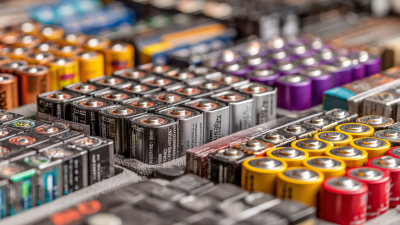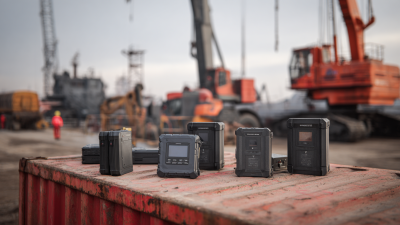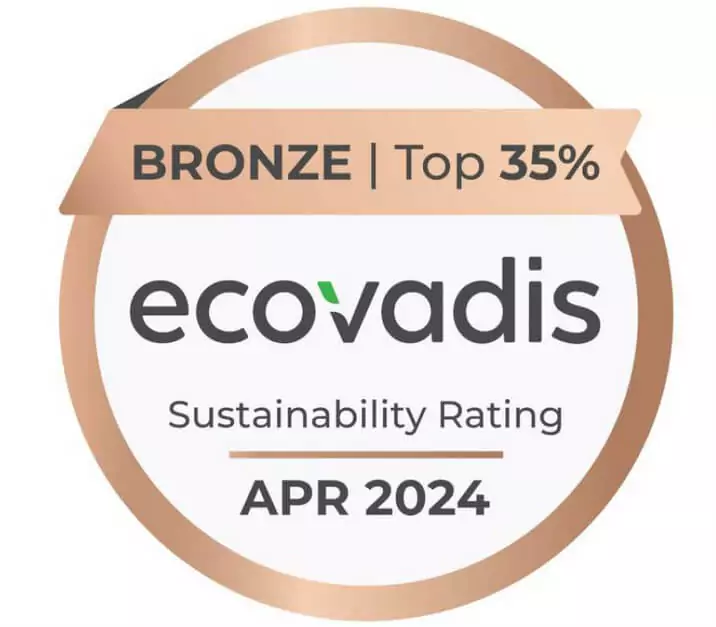Exploring the Future: How Lithium Ion Cells are Revolutionizing Energy Storage with a 300% Cycle Life Increase
As the demand for sustainable energy solutions surges, lithium ion cells have emerged as a pivotal technology in the evolution of energy storage systems. Recent reports indicate that the global lithium ion battery market is expected to grow from $44 billion in 2020 to over $129 billion by 2027, driven by advancements in cycle life and energy density. This revolutionary shift is underscored by a remarkable 300% increase in cycle life for lithium ion cells, facilitating longer-lasting energy storage capabilities that are crucial for renewable energy integration and electric vehicle performance. By enhancing the durability and efficiency of these batteries, we are not only improving their economic viability but also contributing to a more sustainable energy future. As we explore the implications of these advancements, it becomes clear that lithium ion cells are not just a temporary solution, but a foundational element in the transition to cleaner energy systems.
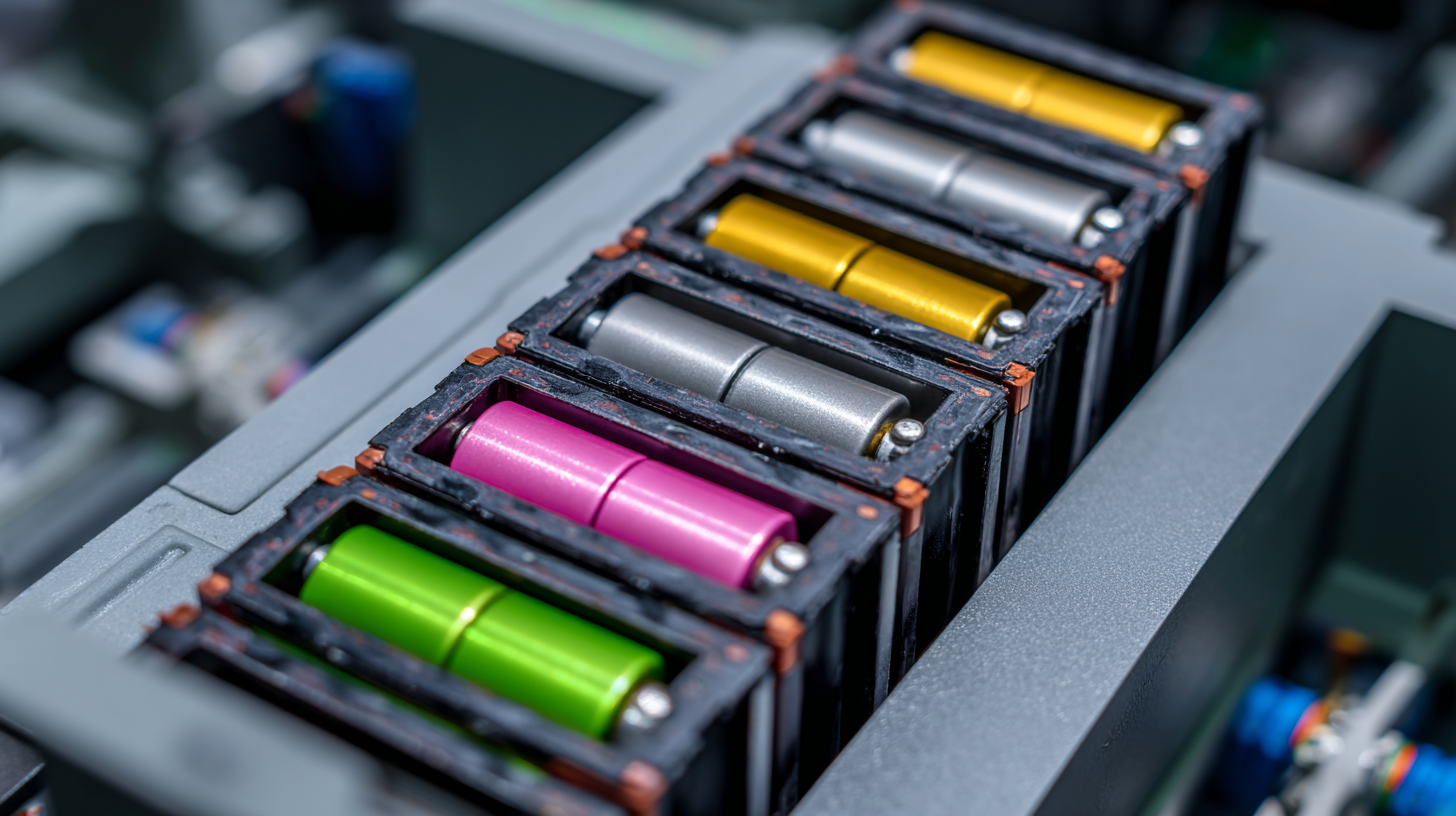
Understanding Lithium Ion Cell Technology and Its Evolution
The evolution of lithium-ion (Li-ion) cell technology has been profound, leading to a significant increase in cycle life and performance. Recent advancements in battery chemistry, particularly with silicon-carbon anodes, are enhancing energy density while improving overall efficiency. For instance, these innovative batteries can offer up to a 300% increase in cycle life compared to traditional graphite-based systems, allowing for longer usage between charges. This evolution is particularly critical as electric vehicles (EVs) become central to our transition toward carbon neutrality, especially in rapidly developing economies.
Moreover, the recycling of lithium-ion batteries is gaining traction as a response to the looming material scarcity associated with increased EV production. Current studies show that robust recycling frameworks can recover up to 95% of materials, significantly mitigating the environmental impact of resource extraction. The unique aging mechanisms of advanced lithium-ion batteries, particularly Nickel-Manganese-Cobalt-Oxide (NMC) variants, are also being scrutinized to address performance degradation. As industry reports indicate, understanding these mechanisms is crucial to enhance battery lifetimes and improve the sustainability of lithium-ion technologies, paving the way for a greener future in energy storage.
Key Factors Contributing to the 300% Increase in Cycle Life
The dramatic increase in cycle life of lithium-ion cells by 300% can be attributed to several key factors, primarily advancements in material composition and structural design. Researchers have been focusing on enhancing the anode and cathode materials, utilizing silicon-based anodes that allow for greater lithium-ion storage capacity compared to traditional graphite. This not only improves energy density but also significantly extends the lifespan of the batteries by reducing wear and tear during charge cycles.
Additionally, innovations in electrolyte formulations are playing a crucial role. The integration of solid-state electrolytes offers higher conductivity and stability, reducing issues such as dendrite formation that can lead to battery failure. Improved thermal management systems also contribute to the longevity of lithium-ion cells by maintaining optimal operating temperatures, ultimately reducing degradation over time. These technological advancements collectively pave the way for more efficient energy storage solutions, heralding a new era in battery technology that promises sustainability and reliability alongside enhanced performance.
Exploring the Future: Lithium Ion Cells Cycle Life Improvement
This chart illustrates the cycle life improvement of lithium-ion cells over the years. The data highlights key advancements in battery technology that have contributed to a 300% increase in cycle life, showcasing the potential for better energy storage solutions.
Applications of Long-Life Lithium Ion Cells in Renewable Energy Systems
The advent of long-life lithium ion cells marks a significant advancement in renewable energy systems. These innovative batteries, boasting a remarkable 300% increase in cycle life, are poised to transform how energy is stored and utilized in various applications. For solar and wind energy projects, the extended lifespan of such cells means that energy can be stored more efficiently and used over longer durations, thus enhancing the reliability of renewable resources which are often intermittent by nature.
Moreover, the impact of these long-life lithium ion cells extends to electric vehicles and grid storage solutions. As electric vehicle technology continues to mature, the need for durable, efficient energy storage solutions becomes paramount. The longer cycle life allows for reduced replacement costs and improved sustainability, as fewer batteries need to be produced and discarded. Similarly, in grid storage, these advanced cells can ensure a more stable supply of energy, helping to bridge the gap between energy demand and production, particularly during peak usage times. The integration of long-life lithium ion cells into renewable systems not only optimizes performance but also supports a sustainable energy future.
Exploring the Future: How Lithium Ion Cells are Revolutionizing Energy Storage with a 300% Cycle Life Increase - Applications of Long-Life Lithium Ion Cells in Renewable Energy Systems
| Application |
Cycle Life Increase (%) |
Energy Density (Wh/kg) |
Charge Time (Hours) |
Reduction in Carbon Footprint (%) |
| Solar Energy Storage |
300 |
250 |
5 |
20 |
| Electric Vehicles |
300 |
200 |
3 |
25 |
| Wind Energy Systems |
300 |
220 |
4 |
22 |
| Grid Energy Storage |
300 |
230 |
6 |
15 |
| Residential Energy Storage |
300 |
240 |
4.5 |
18 |
Challenges and Solutions in Mass Adoption of Enhanced Lithium Ion Cells
The mass adoption of enhanced lithium-ion cells faces several challenges that must be addressed to fully realize their potential. One critical area is the transition from conventional graphite to silicon-based anodes, which can significantly improve battery performance. However, scaling this innovation poses difficulties related to manufacturing processes and material stability. The advancement of silicon anodes is promising, yet the industry must overcome hurdles like expansion during cycling and ensuring long-term durability.
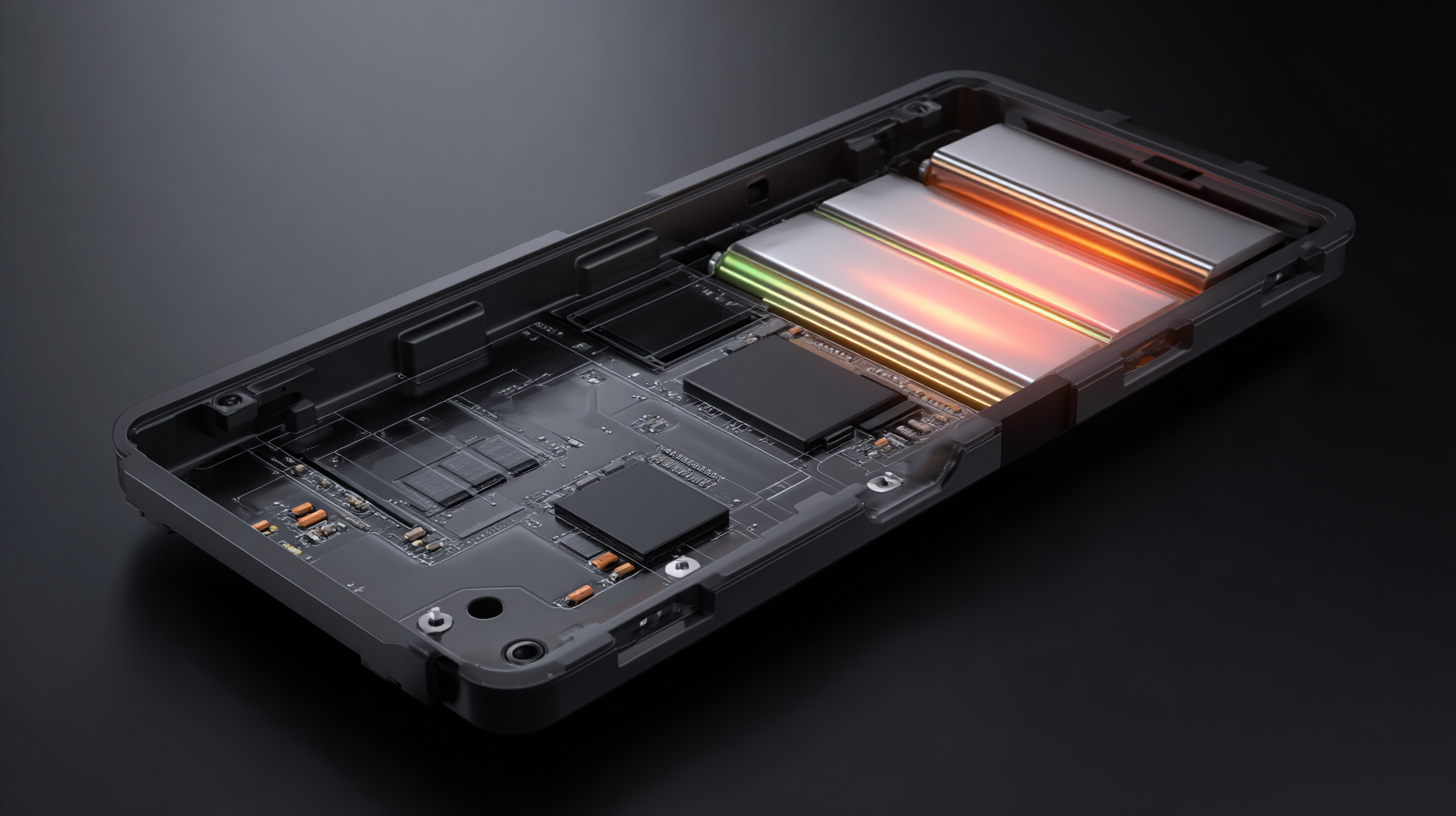
Another challenge is the manufacturing capabilities required for large-scale production, particularly in gigafactories. Issues related to electrode preparation, cell assembly, and finishing processes need to be streamlined to meet the increasing demand for high-performance batteries. Additionally, effective thermal management is essential as the adoption of lithium-ion technology grows, particularly in electric vehicles. Utilizing phase change materials could offer solutions, but finding the right balance between performance, safety, and cost remains a pressing concern for the industry's future.
Future Trends in Energy Storage and the Role of Lithium Ion Technology
The energy storage sector is experiencing unprecedented growth, largely driven by advancements in lithium ion technology. As the world increasingly shifts towards renewable energy sources, the demand for efficient and durable energy storage solutions has surged. By 2024, the global containerized energy storage system (ESS) market is projected to reach approximately $14.69952 billion, and by 2032, it could expand to about $55.12791 billion, reflecting a robust compound annual growth rate (CAGR) of 15.2%. This remarkable growth underscores the critical role lithium ion cells play in revolutionizing energy storage through extended cycle life and efficiency.

In China, the energy storage market is set to witness explosive growth, with expectations to surpass $223.3 billion in 2024. The nation's robust commitment to renewable energy and carbon neutrality is anticipated to propel the market at an impressive CAGR of 25.4% from 2025 to 2034. This ambitious expansion emphasizes the potential of lithium ion technology not only to enhance energy storage solutions but also to support broader environmental goals. As innovations in battery technology continue to emerge, the future of energy storage is poised for transformative advancements that will significantly impact global energy dynamics.






